NY FILM CRITICS CIRCLE, 1973 - DE NIRO, TRUFFAUT, WOODWARD ALL WON AWARDS
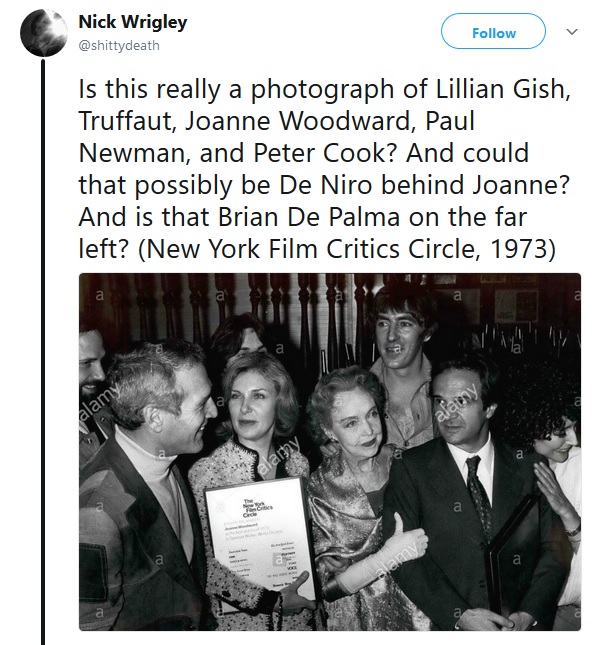
Updated: Saturday, February 3, 2018 9:19 PM CST
Post Comment | Permalink | Share This Post
 Hello and welcome to the unofficial Brian De Palma website. Here is the latest news: |
|---|
E-mail
Geoffsongs@aol.com
-------------
Recent Headlines
a la Mod:
Listen to
Donaggio's full score
for Domino online
De Palma/Lehman
rapport at work
in Snakes
De Palma/Lehman
next novel is Terry
De Palma developing
Catch And Kill,
"a horror movie
based on real things
that have happened
in the news"
Supercut video
of De Palma's films
edited by Carl Rodrigue
Washington Post
review of Keesey book
-------------
Exclusive Passion
Interviews:
Brian De Palma
Karoline Herfurth
Leila Rozario
------------
------------
| « | February 2018 | » | ||||
| S | M | T | W | T | F | S |
| 1 | 2 | 3 | ||||
| 4 | 5 | 6 | 7 | 8 | 9 | 10 |
| 11 | 12 | 13 | 14 | 15 | 16 | 17 |
| 18 | 19 | 20 | 21 | 22 | 23 | 24 |
| 25 | 26 | 27 | 28 | |||
De Palma interviewed
in Paris 2002
De Palma discusses
The Black Dahlia 2006

Enthusiasms...
Alfred Hitchcock
The Master Of Suspense
Sergio Leone
and the Infield
Fly Rule
The Filmmaker Who
Came In From The Cold
Jim Emerson on
Greetings & Hi, Mom!
Scarface: Make Way
For The Bad Guy
Deborah Shelton
Official Web Site
Welcome to the
Offices of Death Records

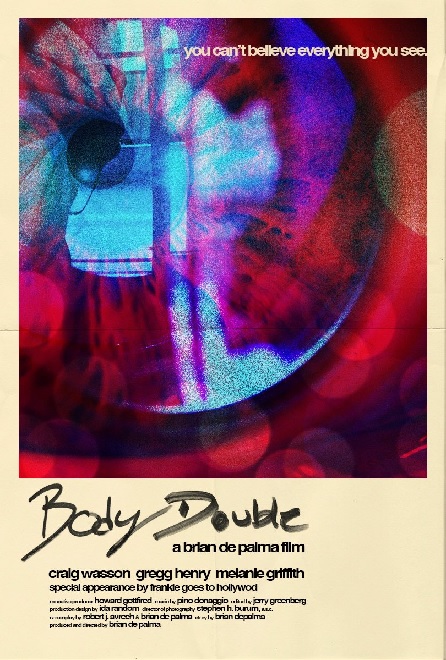
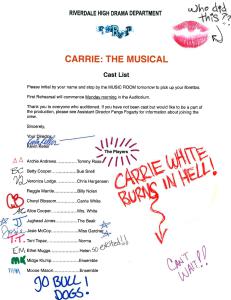 The CW announced this week that the April 18th episode of its series Riverdale will feature its characters involved in a production of Carrie: The Musical. Here's how Variety's Matt Fernandez reported it a couple of days ago:
The CW announced this week that the April 18th episode of its series Riverdale will feature its characters involved in a production of Carrie: The Musical. Here's how Variety's Matt Fernandez reported it a couple of days ago:The episode will feature 11 songs and be framed as a documentary about the high school theater production filmed by Jughead Jones (Cole Sprouse). Entitled “A Night to Remember,” the episode will air on April 18 at 8 p.m. on the CW.The Riverdale High Drama Department’s production of “Carrie: The Musical” is described as a “dark-yet-catchy cautionary tale exploring the gritty realities of small-town high school life.” The character of Kevin Keller (Casey Cott) serves as the show-within-the-show’s director, mixing elements from the 1974 King novel with Brian De Palma’s 1976 film adaptation, the 1988 Broadway production, the 2012 Off-Broadway revival and Kimberly Peirce’s 2013 film remake.
Cheryl Blossom (Madelaine Petsch) leads the cast of the musical as Carrie White in this avant-garde production, while Veronica Lodge (Camila Mendes) portrays mean-girl antagonist Chris Hargensen and Betty Cooper (Lili Reinhart) and Archie Andrews (KJ Apa) play golden-couple Sue Snell and Tommy Ross. There will also be special appearances by Josie McCoy (Ashleigh Murray) as the gym teacher and Alice Cooper (Madchen Amick) as Carrie’s mother.
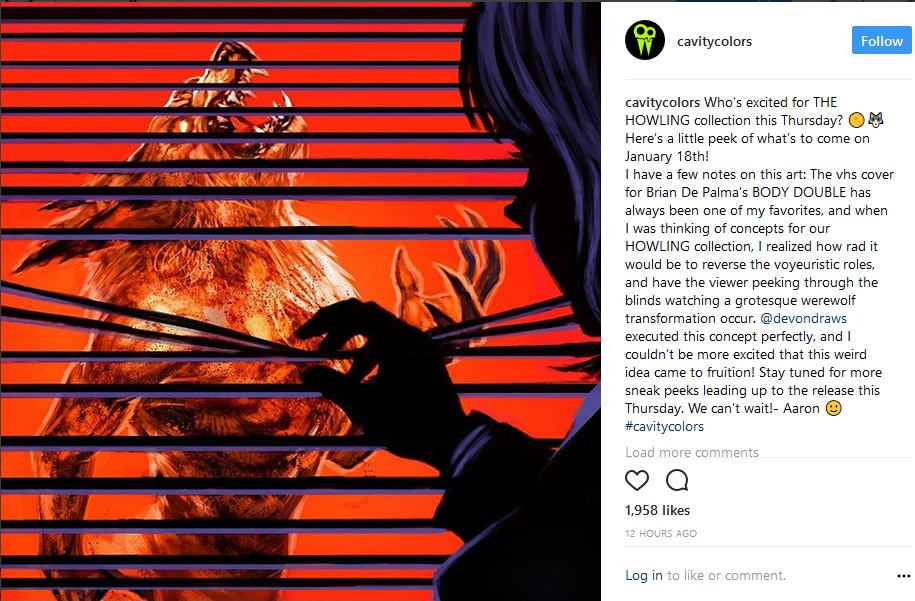
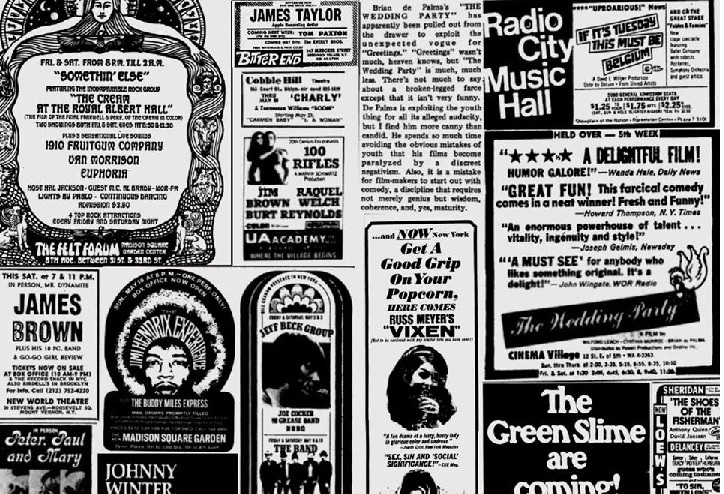
Brian de Palma's "THE WEDDING PARTY" has apparently been pulled out from the drawer to exploit the unexpected vogue for "Greetings." "Greetings" wasn't much, heaven knows, but "The Wedding Party" is much, much less. There's not much to say about a broken-legged farce except that it isn't very funny. De Palma is exploiting the youth thing for all its alleged audacity, but I find him more canny than candid. He spends so much time avoiding the obvious mistakes of youth that his films become paralyzed by a discreet negativism. Also, it is a mistake for film-makers to start out with comedy, a discipline that requires not merely genius, but wisdom, coherence, and, yes, maturity.
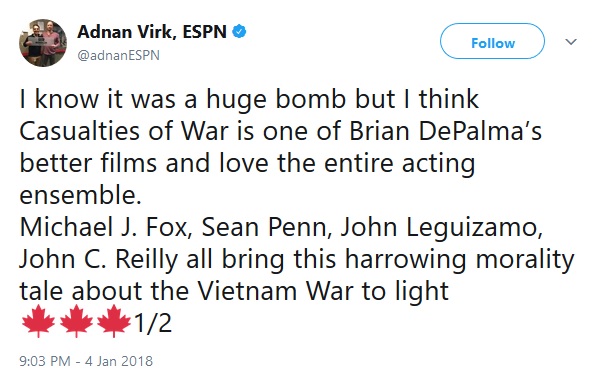

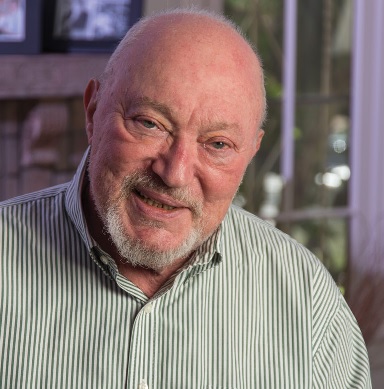 Jerry Greenberg, the Oscar-winning editor (for The French Connection) who collaborated with Brian De Palma on six projects, passed away yesterday at the age of 81. Greenberg worked on five features with De Palma: Dressed To Kill, Scarface, Body Double, Wise Guys, The Untouchables, and the music video for Bruce Springsteen's Dancing In The Dark. In Susan Dworkin's 1984 book Double De Palma, De Palma said of Greenberg, "I can just talk to him on the phone, and he'll know exactly what I want. And can even do it better."
Jerry Greenberg, the Oscar-winning editor (for The French Connection) who collaborated with Brian De Palma on six projects, passed away yesterday at the age of 81. Greenberg worked on five features with De Palma: Dressed To Kill, Scarface, Body Double, Wise Guys, The Untouchables, and the music video for Bruce Springsteen's Dancing In The Dark. In Susan Dworkin's 1984 book Double De Palma, De Palma said of Greenberg, "I can just talk to him on the phone, and he'll know exactly what I want. And can even do it better."Greenberg says his success on his two films with Friedkin was in part a result of the fact that his collaborator was a director “of considerable ability when it came to taking a point of view on how a film is to be presented.” He puts the director with whom he has had his longest and closest association into that same category: Brian De Palma. The pair teamed on five films in the 1980s, including Dressed to Kill (1980) and Scarface (1983).The editor was initially attracted to working with De Palma when the director interviewed him for Dressed to Kill at the behest of De Palma’s longtime editor, Paul Hirsch, ACE, a friend of Greenberg’s, when Hirsch’s schedule precluded him from taking the gig. The reason he wanted to do the film, Greenberg says, was the fact that De Palma had crudely storyboarded the entire movie himself, including minute details.
“He had me down to his office, which was a residential apartment in Manhattan,” Greenberg recalls. “He took me into a small dining room that was, because of the size, completely mirrored to make it appear larger, I guess. On the dining room wall, all around, he had taped three-by-five-inch file cards, storyboarding the whole film. All the drawings were his — simple stick figures most of the time, where he would try to indicate camera movement with little arrows and stuff like that.
“That might seem threatening to another editor,” he continues. “But to me, I thought, ‘Here was a director who knew how his film should be edited.’ I liked that the director knew a little bit about editing, and I felt encouraged. I loved editing that movie. It wasn’t necessarily just the performances or the hooks, the usual things that get you into it. I was doing it completely for the camera work — the way he used the camera, and that was very exciting.”
Still, Greenberg insists the fact that he worked with De Palma five times — more than he worked with any other single director — “was just a coincidence.” Indeed, he emphasizes that he is an editor who never pursued a single collaborative partner on which to hang his hat.
“I don’t think of myself that way in a working sense,” he offers. “I don’t think I generate a lot of confidence in directors in that way. Consequently, although maybe Brian De Palma is an exception, I don’t think I inspire that kind of ‘I’ll just continue working with him’ thing with directors. But then, I never wanted to do that anyway.”
Indeed, Greenberg says he doesn’t view “collaboration” as being just about his relationship with the director. Nor does he express common concerns among editors about being asked to re-cut his work, or even having others re-cut his work. He’s experienced it all over the years — from having wide latitude to having almost no latitude at all. And it’s all fine with him, he says, because, in his view, the nature of a collaborative art like filmmaking involves a work being in a sense passed around and “embellished” by different people repeatedly, a process he says he loves.
“Usually, the task goes from one to the other, so that at every step in passing it, it is embellished and then witnessed by other people, whatever the embellishment was,” he explains. “That is the kind of collaboration filmmaking is. It isn’t a sure thing, but it is a wonderful thing. Being able to pass a responsibility, and different ways of seeing things, from one person to the other, even if it goes on and on — I think that’s terrific. Because, if you have an open mind, what you can do is change what you had done originally, and make it something you could never have thought of on your own. That’s why I’m never threatened by anybody who wants to re-edit my work. I feel like maybe their ideas will spark more ideas in me.”
 Jerry Greenberg, the Oscar-winning editor (for The French Connection) who collaborated with Brian De Palma on six projects, passed away yesterday at the age of 81. Greenberg worked on five features with De Palma: Dressed To Kill, Scarface, Body Double, Wise Guys, The Untouchables, and the music video for Bruce Springsteen's Dancing In The Dark. In Susan Dworkin's 1984 book Double De Palma, De Palma said of Greenberg, "I can just talk to him on the phone, and he'll know exactly what I want. And can even do it better."
Jerry Greenberg, the Oscar-winning editor (for The French Connection) who collaborated with Brian De Palma on six projects, passed away yesterday at the age of 81. Greenberg worked on five features with De Palma: Dressed To Kill, Scarface, Body Double, Wise Guys, The Untouchables, and the music video for Bruce Springsteen's Dancing In The Dark. In Susan Dworkin's 1984 book Double De Palma, De Palma said of Greenberg, "I can just talk to him on the phone, and he'll know exactly what I want. And can even do it better."Greenberg says his success on his two films with Friedkin was in part a result of the fact that his collaborator was a director “of considerable ability when it came to taking a point of view on how a film is to be presented.” He puts the director with whom he has had his longest and closest association into that same category: Brian De Palma. The pair teamed on five films in the 1980s, including Dressed to Kill (1980) and Scarface (1983).The editor was initially attracted to working with De Palma when the director interviewed him for Dressed to Kill at the behest of De Palma’s longtime editor, Paul Hirsch, ACE, a friend of Greenberg’s, when Hirsch’s schedule precluded him from taking the gig. The reason he wanted to do the film, Greenberg says, was the fact that De Palma had crudely storyboarded the entire movie himself, including minute details.
“He had me down to his office, which was a residential apartment in Manhattan,” Greenberg recalls. “He took me into a small dining room that was, because of the size, completely mirrored to make it appear larger, I guess. On the dining room wall, all around, he had taped three-by-five-inch file cards, storyboarding the whole film. All the drawings were his — simple stick figures most of the time, where he would try to indicate camera movement with little arrows and stuff like that.
“That might seem threatening to another editor,” he continues. “But to me, I thought, ‘Here was a director who knew how his film should be edited.’ I liked that the director knew a little bit about editing, and I felt encouraged. I loved editing that movie. It wasn’t necessarily just the performances or the hooks, the usual things that get you into it. I was doing it completely for the camera work — the way he used the camera, and that was very exciting.”
Still, Greenberg insists the fact that he worked with De Palma five times — more than he worked with any other single director — “was just a coincidence.” Indeed, he emphasizes that he is an editor who never pursued a single collaborative partner on which to hang his hat.
“I don’t think of myself that way in a working sense,” he offers. “I don’t think I generate a lot of confidence in directors in that way. Consequently, although maybe Brian De Palma is an exception, I don’t think I inspire that kind of ‘I’ll just continue working with him’ thing with directors. But then, I never wanted to do that anyway.”
Indeed, Greenberg says he doesn’t view “collaboration” as being just about his relationship with the director. Nor does he express common concerns among editors about being asked to re-cut his work, or even having others re-cut his work. He’s experienced it all over the years — from having wide latitude to having almost no latitude at all. And it’s all fine with him, he says, because, in his view, the nature of a collaborative art like filmmaking involves a work being in a sense passed around and “embellished” by different people repeatedly, a process he says he loves.
“Usually, the task goes from one to the other, so that at every step in passing it, it is embellished and then witnessed by other people, whatever the embellishment was,” he explains. “That is the kind of collaboration filmmaking is. It isn’t a sure thing, but it is a wonderful thing. Being able to pass a responsibility, and different ways of seeing things, from one person to the other, even if it goes on and on — I think that’s terrific. Because, if you have an open mind, what you can do is change what you had done originally, and make it something you could never have thought of on your own. That’s why I’m never threatened by anybody who wants to re-edit my work. I feel like maybe their ideas will spark more ideas in me.”